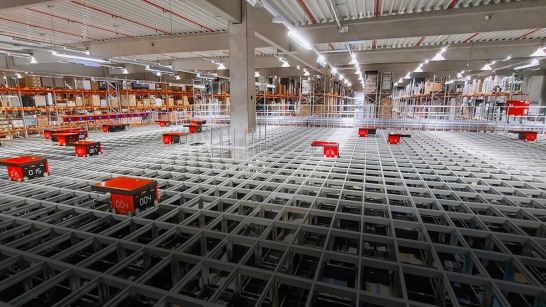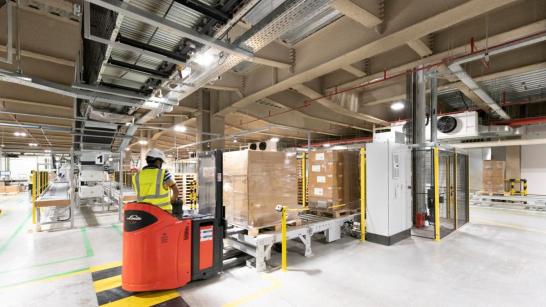AGV Mesh-Up: Joint interface for different automated guided vehicles (AGVs)
Automated guided vehicles (AGV) are playing an increasingly important role in intralogistics. But most manufacturers of AGVs use different types of communication and navigation to control fully-automated vehicles. This results in communication problems if customers want to operate a mixed fleet of different manufacturers, which also causes collisions. This is where the VDA 5050 comes in: a new interface that lets AGVs and control software communicate with each other independent of the manufacturer. The KION Group and its subsidiary brand STILL supported the joint project between the German Association of the Automotive Industry (VDA) and the Mechanical Engineering Industry Association (VDMA) from the very start and contributed their expertise. In an interview, Tobias Zierhut, Senior Vice President KION Mobile Automation, and Florian Kratzer, Key Account Manager Automated Solutions at KION, provided an overview of the importance and the different aspects of the project.
2021-06-15



